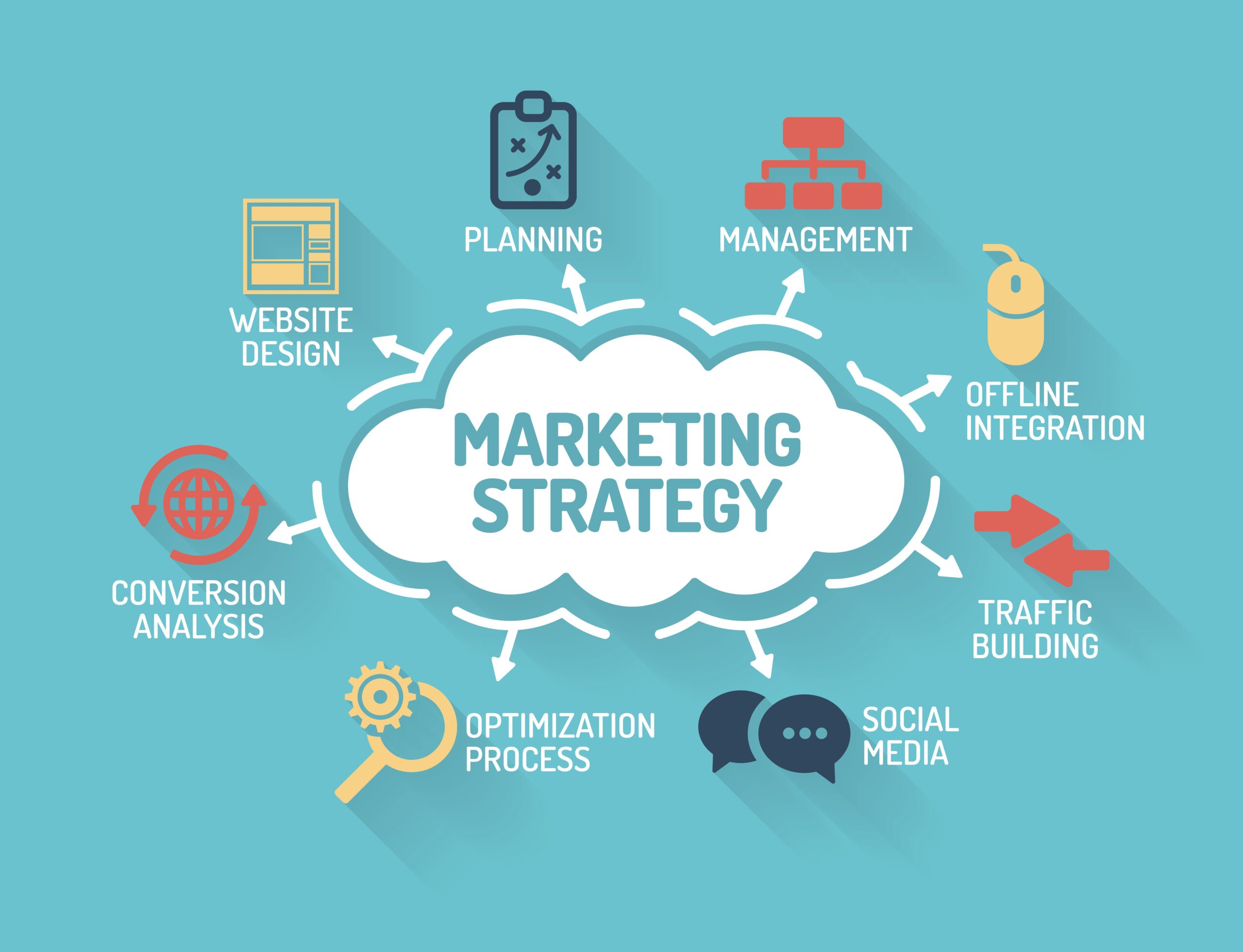The world is more digitally reliant than ever before. As such, businesses are beginning to notice the ever evolving trends that might be beneficial for their growth. If you have a brand that you want to grow, this is the guide for you. It is your chance to use technology to your advantage and reap the rewards in the process.
We will be discussing personalized branding in depth so you can be able to understand the framework and take the necessary steps. Let’s get started with everything you need to know right now.
Why Is Personalized Branding So Important?
Personalized branding will be something to take advantage of if you want to stand out among the crowd. While a logo and a tagline are two elements to brand recognition, it goes well beyond. For example, you want to create a unique message that is a fit for your brand along with creating products or services that will allow your target audience to trust your brand for the long term.
Personalized branding can rely on the use of digital design resources. For example, a business may want a custom mug created in order to get their brand’s name out there. Not only will it reinforce brand identity, but it will make it memorable for those who want to maintain their familiarity with the brand.
Also, businesses can use graphic design software such as Canva, Figma, and Adobe Illustrator as the go-to options for creating elements that are personalized and visually pleasing. They can choose between numerous templates, fonts, and other designs with many of them that can be the best fit for any industry.
Lastly, AI-powered tools like Tailor Brands and Looka can be useful for designing logos and social media graphics among others (and with great efficiency).
Use Automated Tools To Your Advantage
Continuing onward with tools, it is always important to utilize automation as part of your personalized branding strategy. This also includes performing such tasks like:
- Email personalization: You can consider using email marketing platforms like Mailchimp or Kit to handle your email campaigns. These can be segmented based on customer behavior and preferences. Make sure to include subject lines and content that are personalized so you can be able to get the best engagement rates possible.
- Social media scheduling: Use tools such as Hootsuite or Buffer to plan and automate your customized posts for your audience. The goal here is to make sure that your brand voice is consistent across every social media channel you are present on.
- Customer Relationship Management (CRM): CRMs can be excellent for customer data integration. These include Salesforce and Zoho as your top quality options. Use such tools to your advantage for your marketing campaigns and other tasks to keep customer relationships flowing.
Using automated tools will be excellent since you can rely on them to perform tasks that would otherwise be considered repetitive for humans. As such, it will give you the opportunity to invest more time and effort into the creativity and strategic decision-making aspect of your business.
What Will The Future Look Like For Personalized Branding?
Personalized branding will see a bright future. It may be due to a few factors both in the technological and non-technological sense. AI will continue to play its role in making sure personalized branding for your business is on point, especially when it’s using data to create suggestions that will be beneficial for your branding strategy.
Another thing to look for is whether or not certain brands are approaching sustainability. For example, you may be an ecommerce brand that might be using eco-friendly packaging – which can be huge for customers who consider themselves environmentally conscious.
Final Thoughts
Personalized branding continues to be useful for many businesses today. It’s important to use the best tools that will allow you to perform certain tasks (or automate them). Especially when you can focus on the priority tasks that require your time and energy.
For those who want to take their personalized branding to the next level, you should use some of the tools we’ve mentioned so you can be able to put together personalized messaging that will get your audience to become more engaged.






